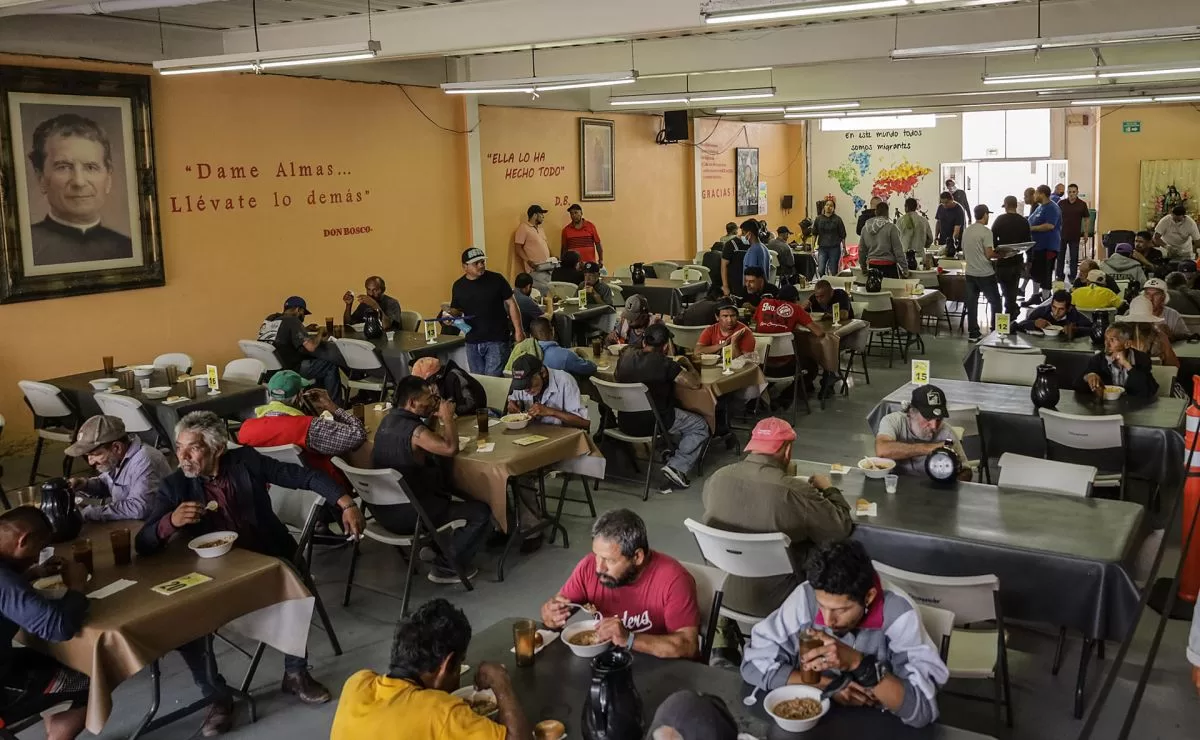An effort guided by scientists from the Max Planck Institute for Evolutionary Anthropology managed to develop a new method of isolating DNA from bones and teeth without causing any damage to the material, improving — and a lot — obtaining genetic material, which opens up possibilities for analysis and conclusions about the social structure and life of humans in ancient times.
In one of the first studies carried out using the innovative method, the DNA of a woman from 20,000 years ago, preserved in Russia’s Denisova cave, was recovered, who left her genetic material in a necklace made of deer teeth. The remains of the artifact were intact after the extraction method was used, showing its efficiency.
Developing the technique
The researchers had in mind, specifically, archaeological artifacts made from bone remains, a more porous material that is more likely to retain the DNA present in skin cells, sweat and other bodily fluids. At the beginning of the experiments, it was necessary to guarantee that the object studied would not be damaged by the method. The surface structure of Paleolithic bone and tooth artifacts gives important information about their production and use, so their integrity is very important, even that of microstructures.
Several chemical solutions were then tested on the surface structure of archaeological bones and teeth, finally finding the best one — a non-destructive method based on phosphate. It is like a laboratory “washing machine”, where the artifacts are washed at temperatures of up to 90 ºC and the DNA is collected from the resulting “water”, keeping the objects intact.
In the first experiments with the already established method, materials collected from the Quinçay cave were used, between the 1970s and 1990s. In some cases, it was possible to identify the DNA of the animals that gave rise to the artifacts, but most of the genetic material it came from the humans who handled the finds during or after the excavation, making it difficult to obtain DNA from ancient humans.
To avoid the problem of contamination by contemporary humans, the focus was shifted to newly excavated materials using protective gloves and masks and deposited in plastic bags with sediments still attached. Three bone collars from Bacho Kiro Cave in Bulgaria, home to the oldest and best preserved bones of modern humans in Europe, showed significantly low levels of recent DNA contamination, but no ancient DNA could be identified in the samples.
Unraveling millennial necklaces
The first significant discovery using the new technique happened when it was applied to material collected in Denisova Cave in 2019, carefully excavated even without knowing the needs of the new method. The object chosen was a necklace made of deer teeth from the late Paleolithic, and, first, it was possible to discover the species of the animal — it was a wapiti (Canadian deer).
The item also had human DNA, which was isolated in an “extraordinary” way, according to the scientists: “it was as if the sample came from the tooth of a human of our time”, in their own words. By analyzing mitochondrial DNA—which comes exclusively from the mother—it was determined that the genetic material came from just one person. Using the animal and human mitochondrial genomes, the necklace’s age was estimated to be between 19,000 and 25,000 years ago, without the need for carbon-14 dating.
In addition to the mitochondrial DNA, a sizable fraction of the nuclear genome was recovered, and based on the number of X chromosomes, it was discovered that the necklace was made, worn, or worn by a woman. It was also discovered that she was genetically close to a population of the time from regions further west of Siberia (where Denisova’s cave is located), the so-called Ancient Northern Eurasians, whose bones have already been studied.
The researchers comment that forensic scientists would not be surprised to isolate human DNA from an object that is handled frequently — the incredible part of the method is the possibility of doing this 20,000 years after handling. The method should now be used on several other objects made of bone and teeth from the Stone Age, seeking to learn more and more details about the ancestry, gender and culture of the individuals who manufactured or used them in their daily lives.






